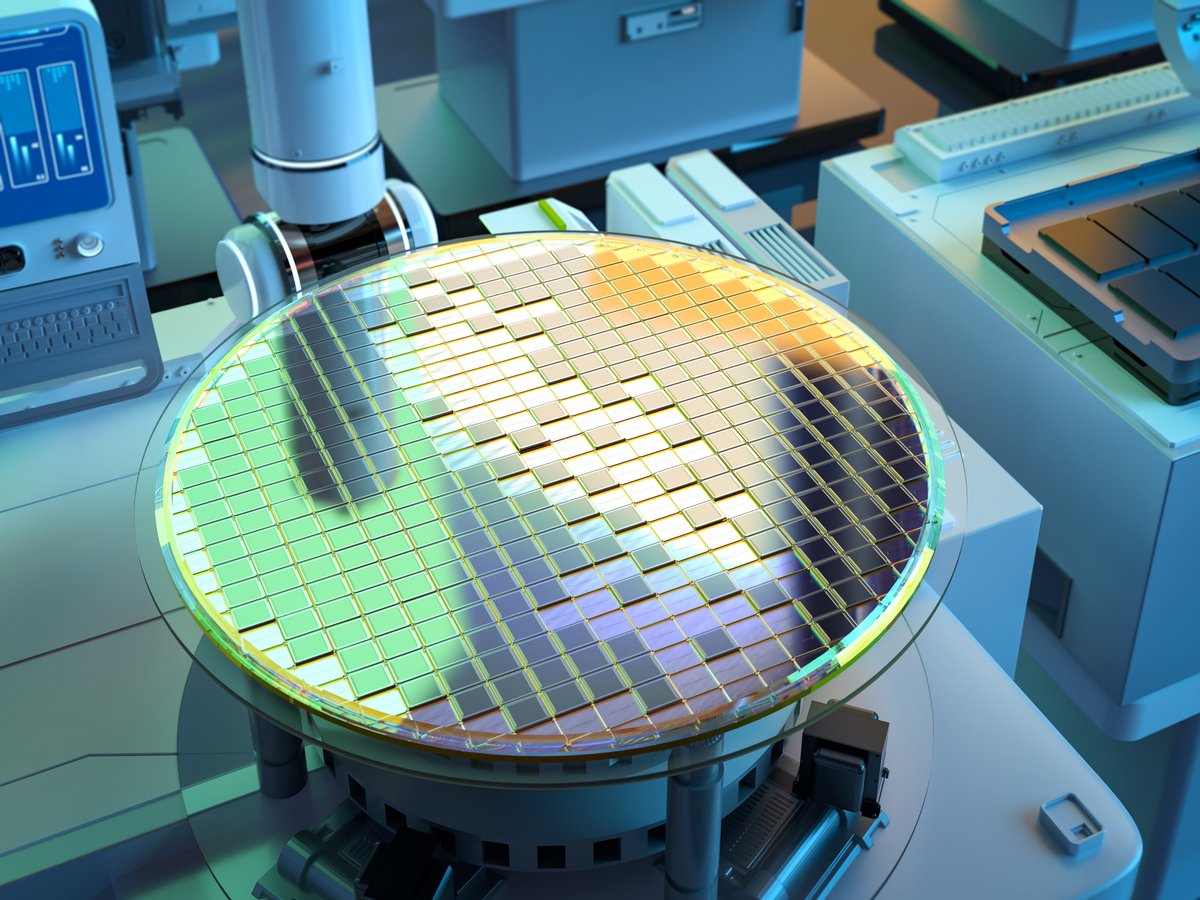On the surface, ASML Holding's (ASML +0.43%) competitive advantages are clear. It's the world's only maker of extreme ultraviolet lithography (EUV) machines, which companies like Taiwan Semiconductor Manufacturing rely on to make the world's most advanced chips.
Typically, being the only producer of a high-tech machine is an advantageous position for a company, and it is for ASML, but it hasn't been enough to make the stock a winner recently. While the rest of the artificial intelligence (AI) and semiconductor sectors have been soaring, ASML is down sharply from its peak last year. After delivering an underwhelming earnings report on Wednesday, the stock fell again, losing 8.3%, and it's now off 32% from that record last year.
Because its business involves selling very expensive machines, which can cost around $200 million, ASML's results can be volatile quarter to quarter. In the second quarter, the company reported revenue growth of 23% to 7.69 billion euros. This beat estimates at 7.52 billion euros, though that was down less than 1% in the quarter.
The company sold 67 new lithography machines, down from 73 in the first quarter. Net bookings were better than expected, increasing from 3.9 billion euros in Q1 to 5.5 billion, a positive growth signal. 2.3 billion euros' worth of those orders were for EUV machines.
Further down the income statement, profit was also down slightly on a sequential basis. Gross margin fell from 54% to 53.7%, and earnings per share declined from 6.00 euros in Q1 to 5.90.
Image source: Getty Images.
What's ailing ASML
While the second-quarter results were in line with estimates, there were some challenges that are outside of the company's control, but continue to plague the business.
First, restrictions on exporting semiconductor technology to China have posed a problem for ASML. Management said on the earnings call that it was lowering its backlog by 1.4 billion euros to 33 billion euros due to order cancellations related to those restrictions. That reduction was related to deep ultraviolet (DUV) lithography machines, which are less advanced than the EUV machines it's best known for.
What seemed to be more disappointing to investors were its cautious comments about 2026. CEO Roger Dassen said: "Looking at 2026, we see that our AI customers' fundamentals remain strong. At the same time, we continue to see increasing uncertainty driven by macroeconomic and geopolitical developments. Therefore, while we still prepare for growth in 2026, we cannot confirm it at this stage."
Essentially, management is unsure that revenue will grow next year. For the third quarter, the company said it expects 15% revenue growth, to 7.4 billion euros to 7.9 billion euros.

NASDAQ: ASML
Key Data Points
What it means for ASML
ASML isn't the first tech stock to get dumped by investors for a lack of clarity with its guidance. A number of companies have chosen not to offer guidance due to uncertainty around tariffs, export controls, and volatility in the broader global economy.
Arm Holdings did not offer full-year guidance for its new fiscal year in its earnings report in May, and the stock fell as a result. However, that decision wasn't a reflection of weakness, but of uncertainty in both the macroeconomy and with its customer base, which also had not given guidance.
However, the strength in AI-related demand is a positive sign for ASML, and investors shouldn't lose sight of long-term tailwinds from AI. For now, ASML is struggling with the vicissitudes of the semiconductor equipment cycle, which operates on a different course than the broader chip sector, but equipment upgrades will come eventually.
After Wednesday's sell-off, the stock now trades at a price-to-earnings ratio of about 30, which seems like a fair price to pay for an industry leader with a monopoly in new technology and the potential for accelerating growth from AI. The company continues to expect 44 billion to 60 billion euros in revenue by 2030, and gross margin improving to 56% to 60%.
That implies double-digit revenue growth and expanding margins. If the company can deliver on that, the stock should be a winner over the next five years.


